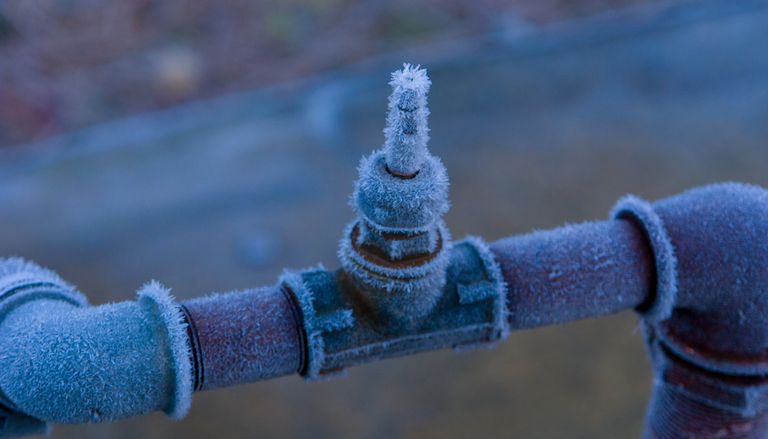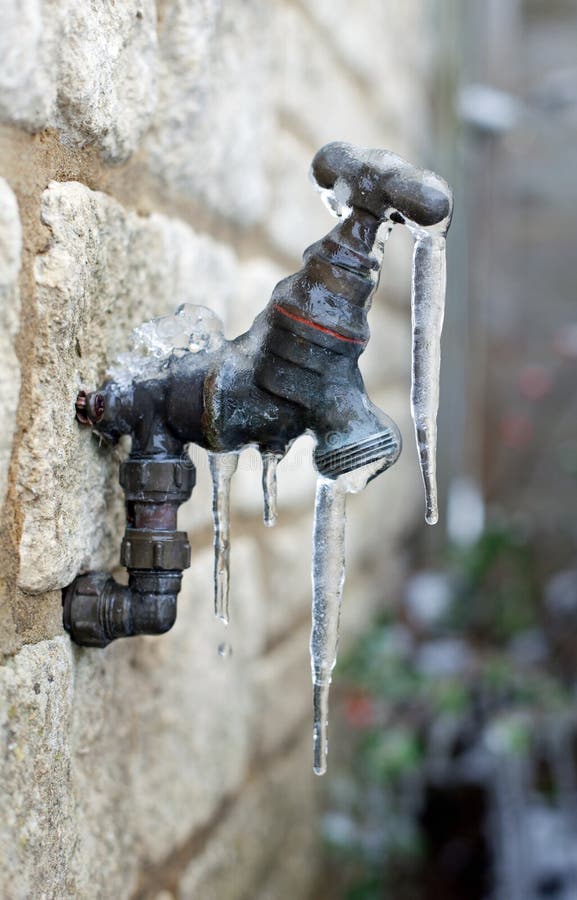Ways to Prevent Frozen Pipes in Cold Weather: Expert Guidance
Ways to Prevent Frozen Pipes in Cold Weather: Expert Guidance
Blog Article
This great article which follows about Preventing and dealing with frozen pipes is immensely enlightening. Give it a go and draw your own findings.

Cold weather can wreak havoc on your plumbing, especially by freezing pipes. Right here's exactly how to prevent it from happening and what to do if it does.
Intro
As temperature levels decrease, the danger of frozen pipelines boosts, potentially leading to pricey repair services and water damage. Understanding just how to prevent icy pipes is crucial for home owners in chilly environments.
Comprehending Icy Pipes
What creates pipes to ice up?
Pipelines freeze when revealed to temperatures below 32 ° F (0 ° C) for expanded periods. As water inside the pipes ices up, it increases, putting pressure on the pipe wall surfaces and possibly causing them to burst.
Dangers and problems
Icy pipelines can lead to supply of water interruptions, building damage, and expensive repairs. Burst pipes can flood homes and create extensive architectural damage.
Indications of Frozen Water Lines
Recognizing frozen pipelines early can avoid them from bursting.
Just how to determine icy pipes
Seek reduced water flow from taps, uncommon smells or sounds from pipelines, and visible frost on exposed pipelines.
Avoidance Tips
Insulating vulnerable pipes
Wrap pipelines in insulation sleeves or use warmth tape to shield them from freezing temperature levels. Concentrate on pipelines in unheated or outside locations of the home.
Heating strategies
Keep interior rooms appropriately heated, particularly locations with plumbing. Open cupboard doors to permit warm air to circulate around pipes under sinks.
Shielding Outdoor Plumbing
Yard pipes and exterior taps
Disconnect and drain garden hose pipes before wintertime. Set up frost-proof faucets or cover outside taps with protected caps.
What to Do If Your Pipes Freeze
Immediate actions to take
If you presume frozen pipes, keep taps open up to soothe stress as the ice thaws. Use a hairdryer or towels soaked in warm water to thaw pipelines gradually.
Long-Term Solutions
Structural modifications
Take into consideration rerouting pipes away from exterior walls or unheated areas. Add extra insulation to attics, cellars, and crawl spaces.
Updating insulation
Invest in high-grade insulation for pipes, attic rooms, and walls. Correct insulation aids keep constant temperatures and decreases the danger of frozen pipes.
Conclusion
Protecting against icy pipes needs proactive actions and quick feedbacks. By comprehending the reasons, signs, and safety nets, homeowners can secure their pipes during cold weather.
5 Ways to Prevent Frozen Pipes
Drain Outdoor Faucets and Disconnect Hoses
First, close the shut-off valve that controls the flow of water in the pipe to your outdoor faucet. Then, head outside to disconnect and drain your hose and open the outdoor faucet to allow the water to completely drain out of the line. Turn off the faucet when done. Finally, head back to the shut-off valve and drain the remaining water inside the pipe into a bucket or container. Additionally, if you have a home irrigation system, you should consider hiring an expert to clear the system of water each year.
Insulate Pipes
One of the best and most cost-effective methods for preventing frozen water pipes is to wrap your pipes with insulation. This is especially important for areas in your home that aren’t exposed to heat, such as an attic. We suggest using foam sleeves, which can typically be found at your local hardware store.
Keep Heat Running at 65
Your pipes are located inside your walls, and the temperature there is much colder than the rest of the house. To prevent your pipes from freezing, The Insurance Information Institute suggests that you keep your home heated to at least 65 degrees, even when traveling. You may want to invest in smart devices that can keep an eye on the temperature in your home while you’re away.
Leave Water Dripping
Moving water — even a small trickle — can prevent ice from forming inside your pipes. When freezing temps are imminent, start a drip of water from all faucets that serve exposed pipes. Leaving a few faucets running will also help relieve pressure inside the pipes and help prevent a rupture if the water inside freezes.
Open Cupboard Doors
Warm your kitchen and bathroom pipes by opening cupboards and vanities. You should also leave your interior doors ajar to help warm air circulate evenly throughout your home.

I hope you enjoyed our post on How To Avoid Freezing Pipes. Thank you for spending some time to read through our posting. Do you know about another individual who is sincerely interested in the niche? Take a moment to promote it. Thanks so much for taking the time to read it.
Browse Website Report this page